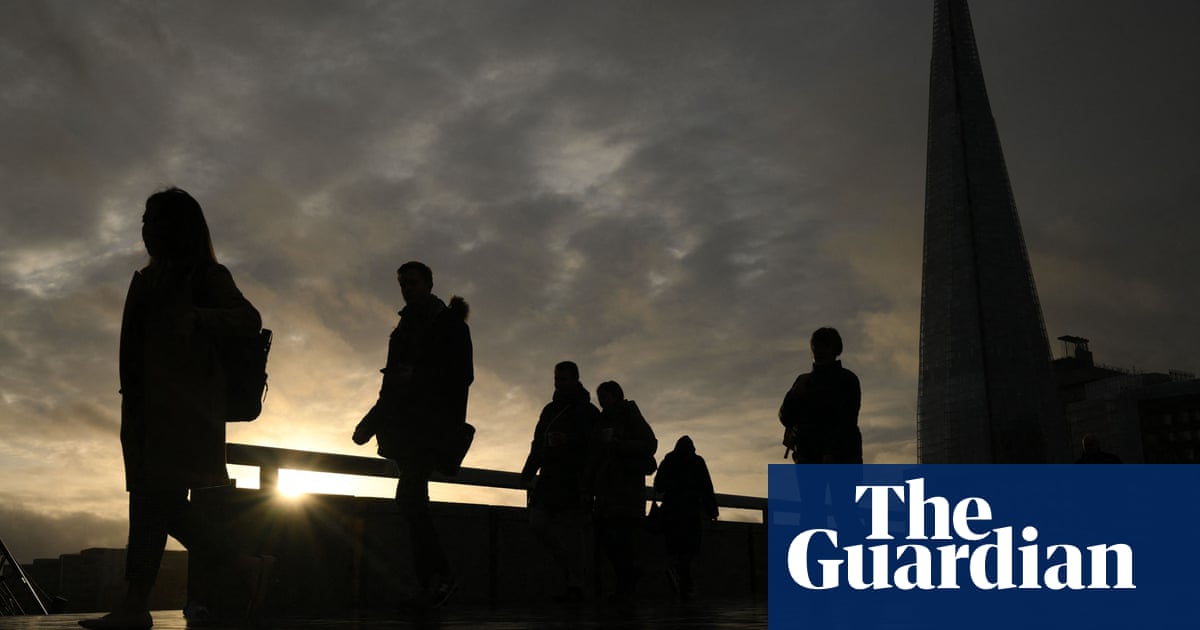
LONDON: Britain’s central bank is likely to keep on course on Thursday for an interest rate rise in May which would take borrowing costs above their emergency levels for the first time since the financial crisis more than a decade ago.
Last month BoE Governor Mark Carney and his colleagues surprised markets by saying rates might need to go up faster than expected, due to a strong global economy and an inflation rate that is running uncomfortably above target.
No economist polled by Reuters expects the BoE to follow up on its rate hike in November — its first since 2007 — at its March meeting. But most think the BoE will increase borrowing costs from their current level of 0.5 percent in May.
One major stumbling block was removed this week when Prime Minister Theresa May agreed a transition deal with the European Union to leave trade relations between Britain and the bloc unchanged after Brexit in March next year until the end of 2020.
Carney has said interest rate policy will depend heavily on Brexit talks progressing smoothly and not derailing confidence.
Data showing a further recovery in pay growth was also seen as a sign that the BoE was on course to raise rates when it next revises its economic outlook in May.
Sterling hit a one-month high against the US dollar and the BoE-sensitive, two-year gilt yield touched its highest since 2011 after the data on Wednesday.
“The more hawkish members of the Monetary Policy Committee may vote for a hike as soon as (Thursday), while we fully expect a majority to follow suit ... on May 10,” UBS interest rates strategist John Wraith said.
Globally, the economy is growing at its fastest rate since the 2007-2008 financial crisis, helping Britain’s economy at a time when it is suffering from uncertainty about Brexit.
The United States Federal Reserve on Wednesday raised rates for the sixth time since the financial crisis. Even the European Central Bank — which is still struggling with anaemic price growth — has its eye on phasing out its massive bond purchases.
LACKLUSTRE UK OUTLOOK
The picture in Britain is more muted. Last month the BoE forecast growth of 1.8 percent this year and next — well below Britain’s historic average — and last week government forecasts were gloomier, with Brexit exerting a drag on the outlook.
However, despite the slow economy, the BoE and government forecasters think Britain’s ability to grow without generating too much inflation has suffered since the financial crisis.
Sterling’s sharp fall after the Brexit vote in 2016 was largely responsible for pushing inflation to a five-year high of 3.1 percent in November. But in the BoE’s view, a lack of spare capacity in the economy means it would take years for inflation to return to its 2 percent target if it does not raise rates.
Some economists think data earlier this week showing a bigger-than-expected drop in inflation to 2.7 percent suggests the BoE is too gloomy, and will remove the need for the BoE to raise rates more than once this year.
But the BoE is likely to point to a sharp pick-up in wage growth to a two-and-a-half year high of 2.8 percent as cementing the case for a move in May.
Ian McCafferty and Michael Saunders — who were the first to call for a rate rise last year — are seen as outside candidates to vote for a rate rise this month.
Most economists expect the MPC will stay united for now. And direct hints about its plans for May or for later in the year — when markets see a 70 percent chance of another rate rise — are unlikely to figure in Thursday’s message from the BoE.
Last month Carney told lawmakers that the central bank preferred to keep quiet about its monetary policy plans so long as markets understood the economy the same way as it did.
Carney is not due to give a news conference after Thursday’s rate decision announcement and the publication of its monetary policy statement and meeting minutes at 1200 GMT.












